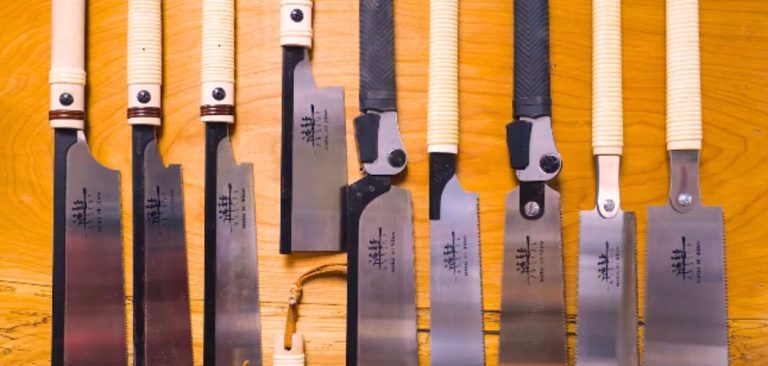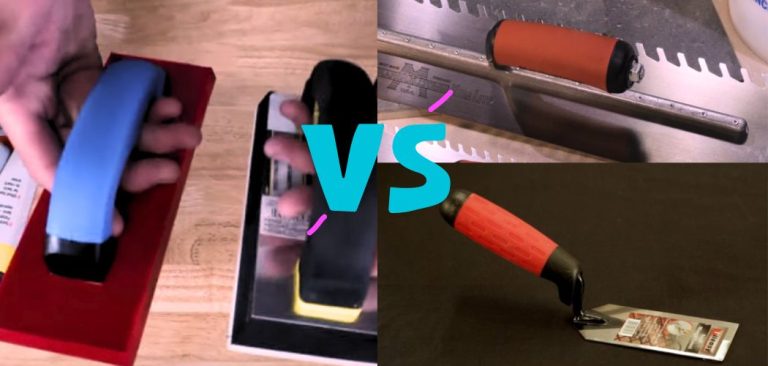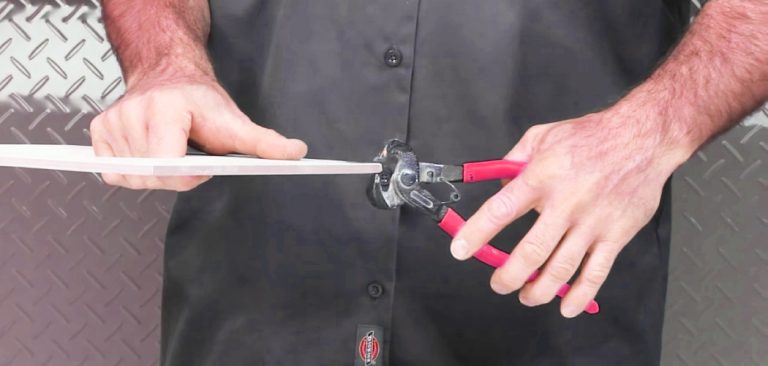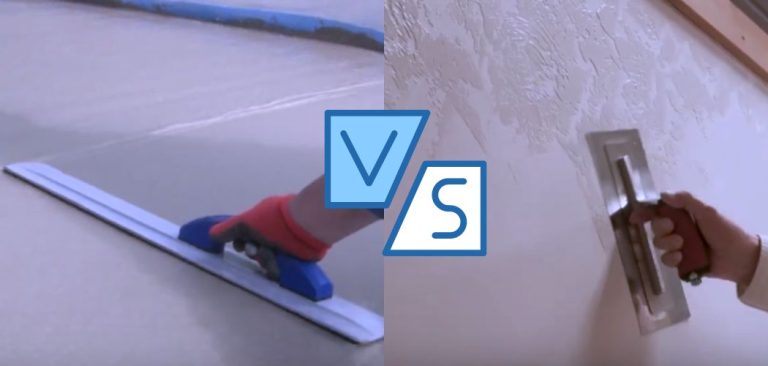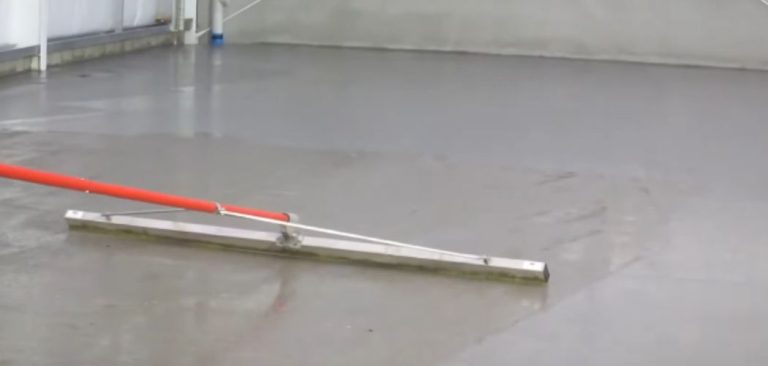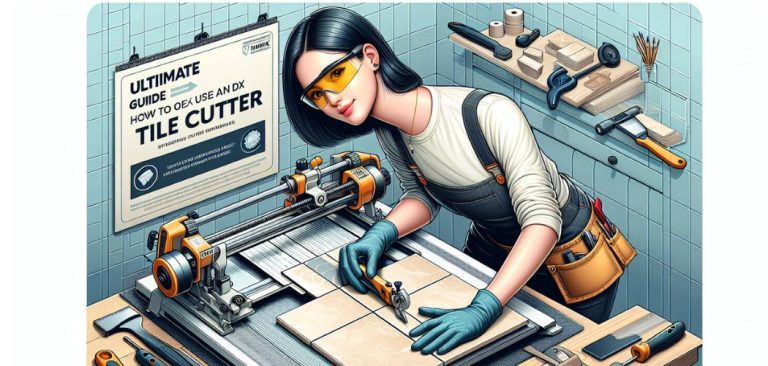Pointing Trowel: How and Where to Use
Pointing trowel is an essential component of masonry work. Do you know what kind of work they are suitable for? Many need to learn the exact secrets of its use, so the project often needs to be completed correctly. I have discussed the details of pointing trowel use with adequate recharge. Let’s know about them.
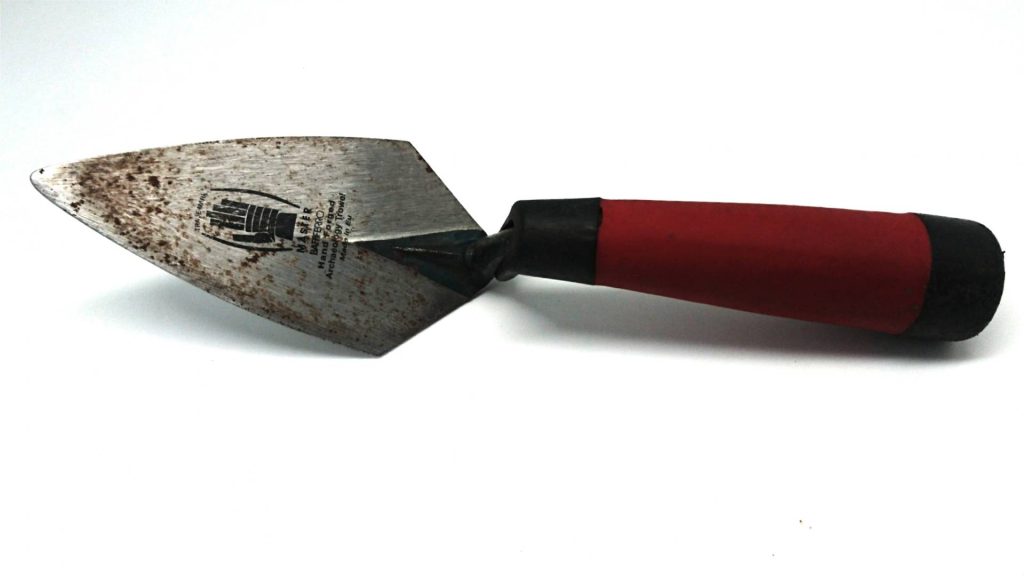
Purpose of Pointing Trowel
Pointing trowels are used in masonry for precise joint filling and finishing. Their narrow, pointed blades enable accurate work in tight spaces and repairs. They ensure neat and uniform joints, making them essential for construction projects.
Different Types of Pointing Trowel and Their Uses?
Different types of pointing trowels are available, each with specific features and uses. Here are a few common types:
Pattern Type
London Pointing Trowel
With a triangular-shaped blade and a rounded tip, this trowel is specifically designed for precision work. It excels at tasks such as intricate pointing or filling in narrow joints.
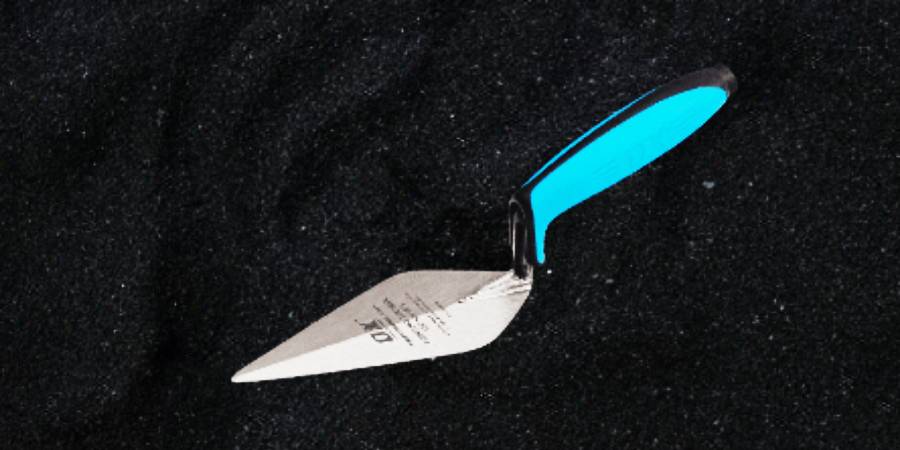
It is commonly used for pointing brickwork in London-style or weather-struck joints, providing a neat and traditional finish.
Standard Pointing Trowel
This is the most common type of pointing trowel used for general brickwork and mortar applications. It has a pointed blade allows for precise filling and shaping of mortar joints between bricks or stones.
Philadelphia Pointing Trowel
Similar to the London pointing trowel, this trowel has a triangular-shaped blade but with a more pointed tip. It is commonly used for detailed brickwork and is favored by some masons for its accuracy in joint filling.
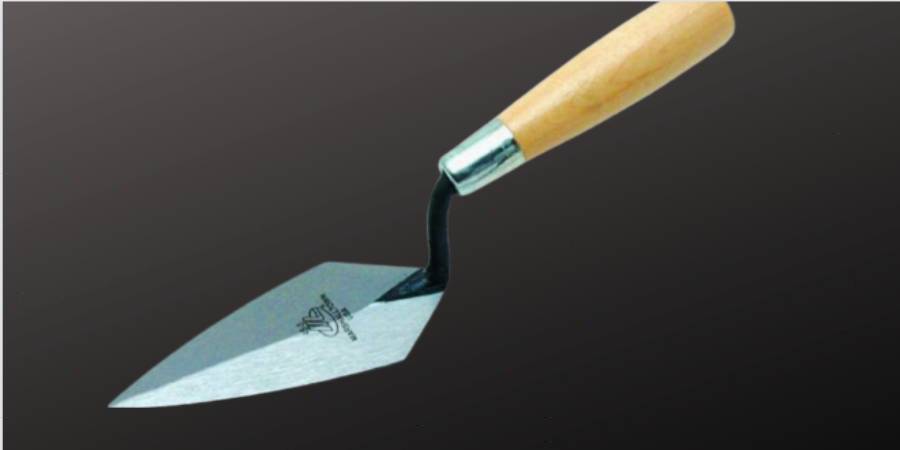
Wide Pointing Trowel
This trowel features a wider blade than standard pointing trowels. It is beneficial for filling wider joints and spreading mortar over larger areas.
Pointing Trowel Blade Material
Metal
A general term encompassing various metals used in trowel blades, often chosen for durability and strength.
Carbon Steel
Offers a balance between hardness and flexibility, suitable for general-purpose use in construction.
Alloy Steel
Blends different metals for enhanced strength and corrosion resistance, making it suitable for heavy-duty tasks.
High Carbon Steel
Provides superior hardness and edge retention, ideal for tasks that require precise control and longevity.
Pointing Trowel Handle Material
Resin
lightweight and moisture resistant, offering durability and ease of maintenance.
Wood
Traditional choice that provides a natural feel and aesthetic, although it may require more maintenance to prevent deterioration.
Rubber
Offers a comfortable and non-slip grip, reducing user fatigue during extended use.
Soft-feel Handle
Usually made of rubber or special materials, designed to provide ergonomic comfort and reduce hand stress.
Remember that the blade and handle material choice depends on intended use, personal preference, and budget considerations.
What is the Overall Use of Pointing Trowel?
In construction, where precision meets artistry, the pointing trowel stands as an unsung hero. With its pointed blade and ergonomic design, this unassuming tool is vital in mortar and concrete applications.
1. Impeccable Brick Joints
The pointing trowel’s finesse shines in the gaps between bricks, aligning and securing them flawlessly. Its touch not only fortifies structures but also adds to the visual charm of brickwork.
2. Seamless Tile Placement
Tiles find their grace with the pointing trowel. It spreads adhesive with precision, ensuring even placement and enduring quality by preventing imperfections and air pockets.
3. Artistry in Stone
Stone masonry becomes an art form with the pointing trowel. It deftly applies mortar, creating a harmonious blend of solidity and aesthetics that captivates the eye.
4. Durability’s Guardian
Beyond aesthetics, the pointing trowel guards against elemental wear. It seals gaps, reinforcing structures against the passage of time and the elements.
5. Mastering Tight Spaces
Confined corners meet their match with the pointing trowel. Its slim profile and precision enable craftsmen to achieve detailing of the highest order.
6. Versatility Redefined
Adapting to diverse projects, the pointing trowel is an artisan’s companion through grand structures and intricate endeavors.
7. Stroke of Mastery
Each stroke of the pointing trowel is a testament to precision and craftsmanship. It marries function and beauty, elevating mortar and concrete work to an artful endeavor.
8. Symphony of Construction
Amid the cacophony of tools, the pointing trowel is a quiet conductor of finesse. It weaves strength and elegance into the construction fabric, leaving an indelible mark.
In the construction world, where function meets form, the pointing trowel emerges as a symbol of balance. Its understated significance resonates in every stroke, as it shapes not only materials but also the very essence of craftsmanship.
How to Use Pointing Trowel?
Brickwork involves applying mortar to the joints between bricks using a pointing trowel and smoothing it to create clean, solid, attractive joints. Here I describe a step-by-step guide on how to use a pointing trowel for brickwork:
Step 1: Prepare Tools and Materials
Gather all the necessary tools and materials before you begin your brickwork project. Ensure you have readily available pointing trowel, mortar mix, bricks, clean water, a sponge, and a damp cloth. Having everything at hand will save time and ensure a smooth workflow.
Step 2: Get the Right Mortar Consistency
Follow the instructions provided by the manufacturer to prepare the mortar mix. The key is achieving the right consistency. The mortar should be workable and hold its shape, striking a balance between being too dry and too wet. This consistency is crucial for solid and lasting joints.
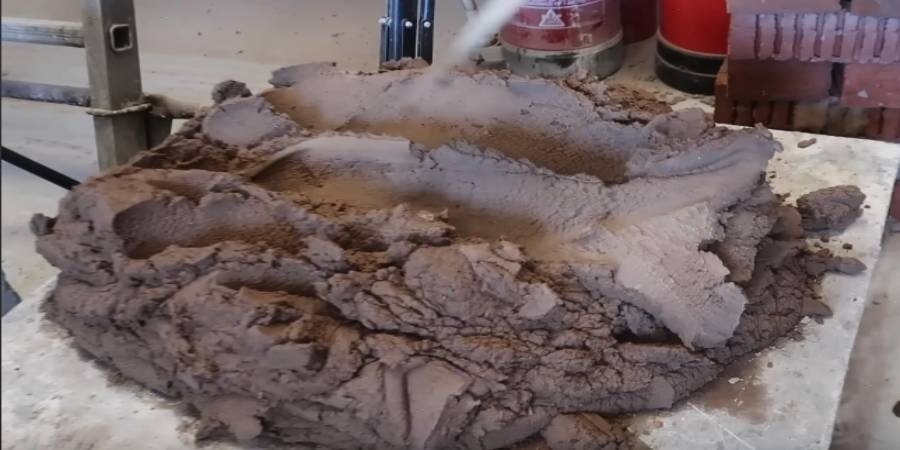
Step 3: Consider Moistening Bricks
Consider lightly dampening the bricks before applying the mortar in warmer weather conditions. This prevents the bricks from absorbing excessive moisture from the mortar, which could compromise their adhesion and strength.
Step 4: Load the Trowel
Scoop a small amount of mortar onto the end of the pointing trowel. Spread the mortar evenly along the width of the trowel’s blade. This skillful loading of the trowel sets the stage for controlled and precise application.
Step 5: Apply the Mortar
Hold the pointing trowel at an angle of about 30 degrees relative to the brick joint. Gently press the mortar into the vertical gaps between the bricks. Ensure that the mortar fills the joints evenly and consistently. This step is vital to achieving solid bonds between the bricks.
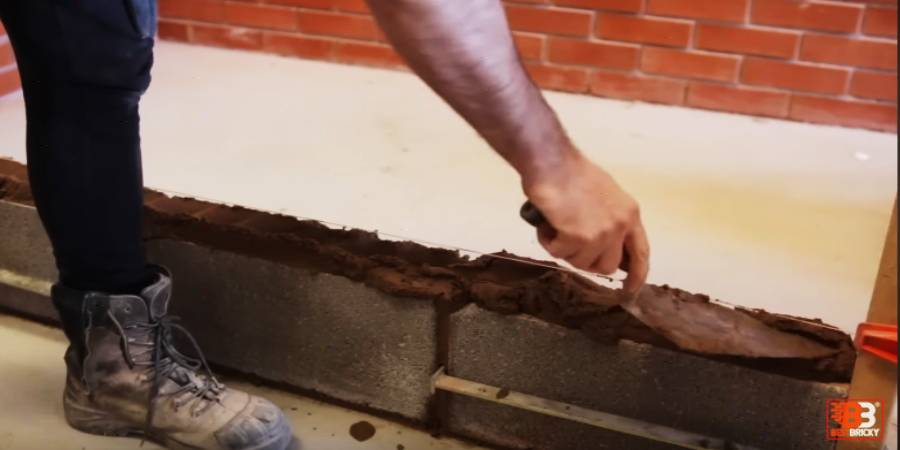
Step 6: Smooth and Shape
Slide the trowel’s end along the joint to spread and compact the mortar. This smooths out the surface and helps eliminate air pockets. Use the flat side of the trowel to carefully remove any excess mortar that might be sticking to the brick surfaces. Keeping the surface clean at this stage is essential for achieving a polished look.
Step 7: Shape and Maintain
Refine the mortar within the joint with the pointed tip of the trowel. Aim for a clean and slightly concave shape. This shape enhances the aesthetics and facilitates water drainage, preventing water from accumulating in the joints.
Regularly clean the trowel with a damp cloth to prevent dry mortar buildup that can affect your work.
FAQs
How Do I Clean a Pointing Trowel After Use?
To clean a pointing trowel after use, use a damp cloth or sponge to remove any excess mortar or grout. Quick and thorough cleaning is essential to prevent the material from hardening on the surface of the trowel.
If the Mortar is Dry on the Trowel, How to Remove It?
To remove the dry mortar with a pointing trowel, scrape off the excess mortar, soak the trowel in hot water, and use a wire brush to loosen the hardened residue. Repeat soaking and scrubbing as needed. Applying a vinegar solution can help in stubborn cases. Wash the trowel thoroughly and air dry it before storage.
How is a Pointing Trowel Different From Other Trowels?
The pointing trowel stands out due to its small size, pointed blade, and slightly curved shape, making it ideal for intricate work in tight spaces. Other trowels, like brick trowels or margin trowels, have different shapes and are better suited for more extensive surface work.
Conclusion
Properly using a pointing trowel makes it possible to complete masonry work correctly. I have done my research and described it to them. Also, if you have any different opinions, let me know by commenting below.
Check it out –

